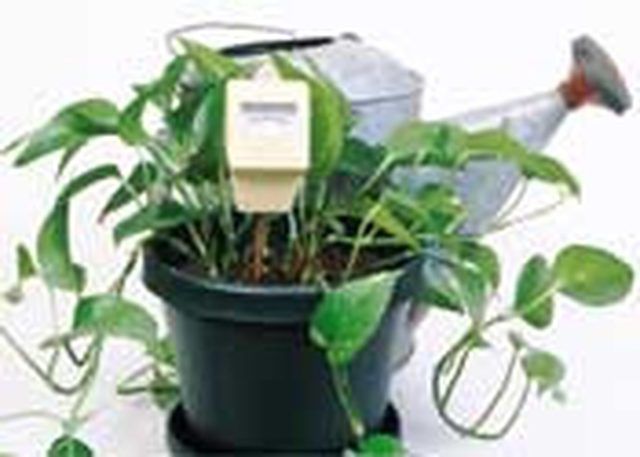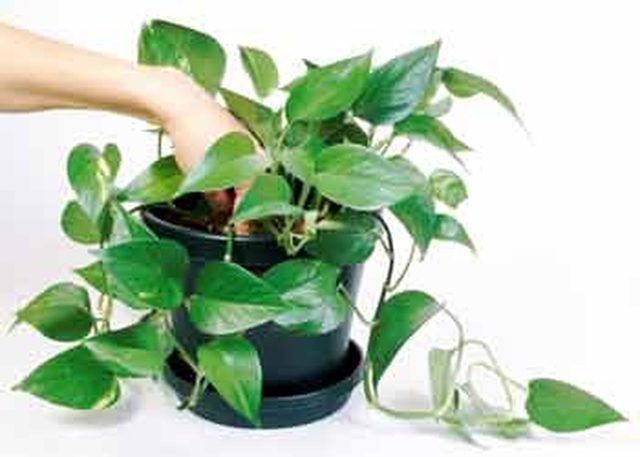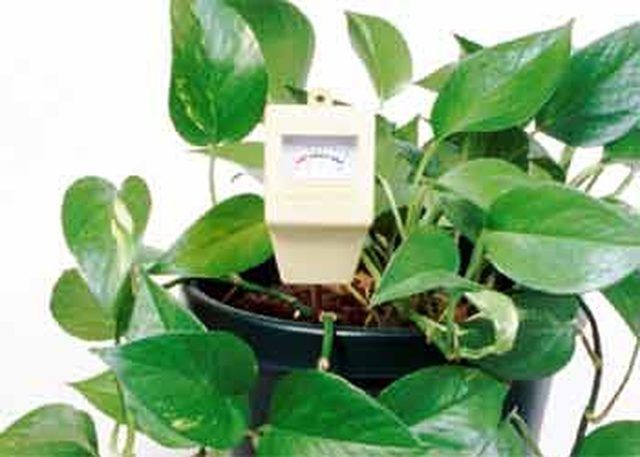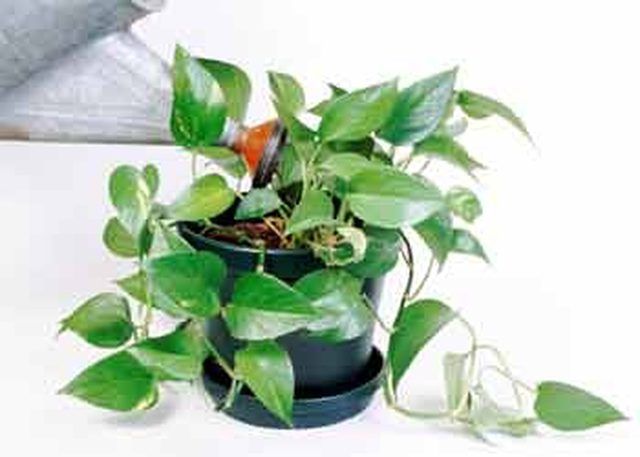Bulbs
Flower Basics
Flower Beds & Specialty Gardens
Flower Garden
Garden Furniture
Garden Gnomes
Garden Seeds
Garden Sheds
Garden Statues
Garden Tools & Supplies
Gardening Basics
Green & Organic
Groundcovers & Vines
Growing Annuals
Growing Basil
Growing Beans
Growing Berries
Growing Blueberries
Growing Cactus
Growing Corn
Growing Cotton
Growing Edibles
Growing Flowers
Growing Garlic
Growing Grapes
Growing Grass
Growing Herbs
Growing Jasmine
Growing Mint
Growing Mushrooms
Orchids
Growing Peanuts
Growing Perennials
Growing Plants
Growing Rosemary
Growing Roses
Growing Strawberries
Growing Sunflowers
Growing Thyme
Growing Tomatoes
Growing Tulips
Growing Vegetables
Herb Basics
Herb Garden
Indoor Growing
Landscaping Basics
Landscaping Patios
Landscaping Plants
Landscaping Shrubs
Landscaping Trees
Landscaping Walks & Pathways
Lawn Basics
Lawn Maintenance
Lawn Mowers
Lawn Ornaments
Lawn Planting
Lawn Tools
Outdoor Growing
Overall Landscape Planning
Pests, Weeds & Problems
Plant Basics
Rock Garden
Rose Garden
Shrubs
Soil
Specialty Gardens
Trees
Vegetable Garden
Yard Maintenance
How to Water Houseplants
How to Water Houseplants. More houseplants die from too much water than from not enough. Here's how to determine when your plants need water.

More houseplants die from too much water than from not enough. Here's how to determine when your plants need water.
Things You'll Need
Gravel
Spray Bottles
Self-watering Pots
Watering Cans
Moisture Meter
Poke your finger right into the dirt, about an inch below the surface or up to your first knuckle. If the soil feels dry to the touch below the sur-face, it's time to water. If it feels damp, wait a day or two and test again.

Use an inexpensive moisture meter to check the moisture level in the soil as an alternative to the fingertip test.

Provide extra water to plants that require moist soil, such as ferns and philodendrons. The soil should feel like a wrung-out sponge.

Use self-watering pots if you don't have the time to check your plants daily. These handy pots allow the plants to help themselves to a drink. You will need to check the pots' water reservoirs every two weeks.
Use tepid or warm water to water tropical plants. Allow the water to sit in the watering can overnight so that chlorine and chemicals can evaporate. This is called 'seasoning' the water.
Use water from a freshwater aquarium. It contains nutrients, is the proper temperature and has no chemicals or chlorine.
Mist plants frequently. They do take in moisture through their leaves, and the humidity mimics their tropical environment.
Tips & Warnings
Plants in bright light will use more water than those in low-light areas.
Make a humidity tray by placing gravel in the saucer. When you water, moisture will evaporate from the gravel up through the foliage.
Never allow plants to sit in standing water. Drain saucers a half-hour after watering.